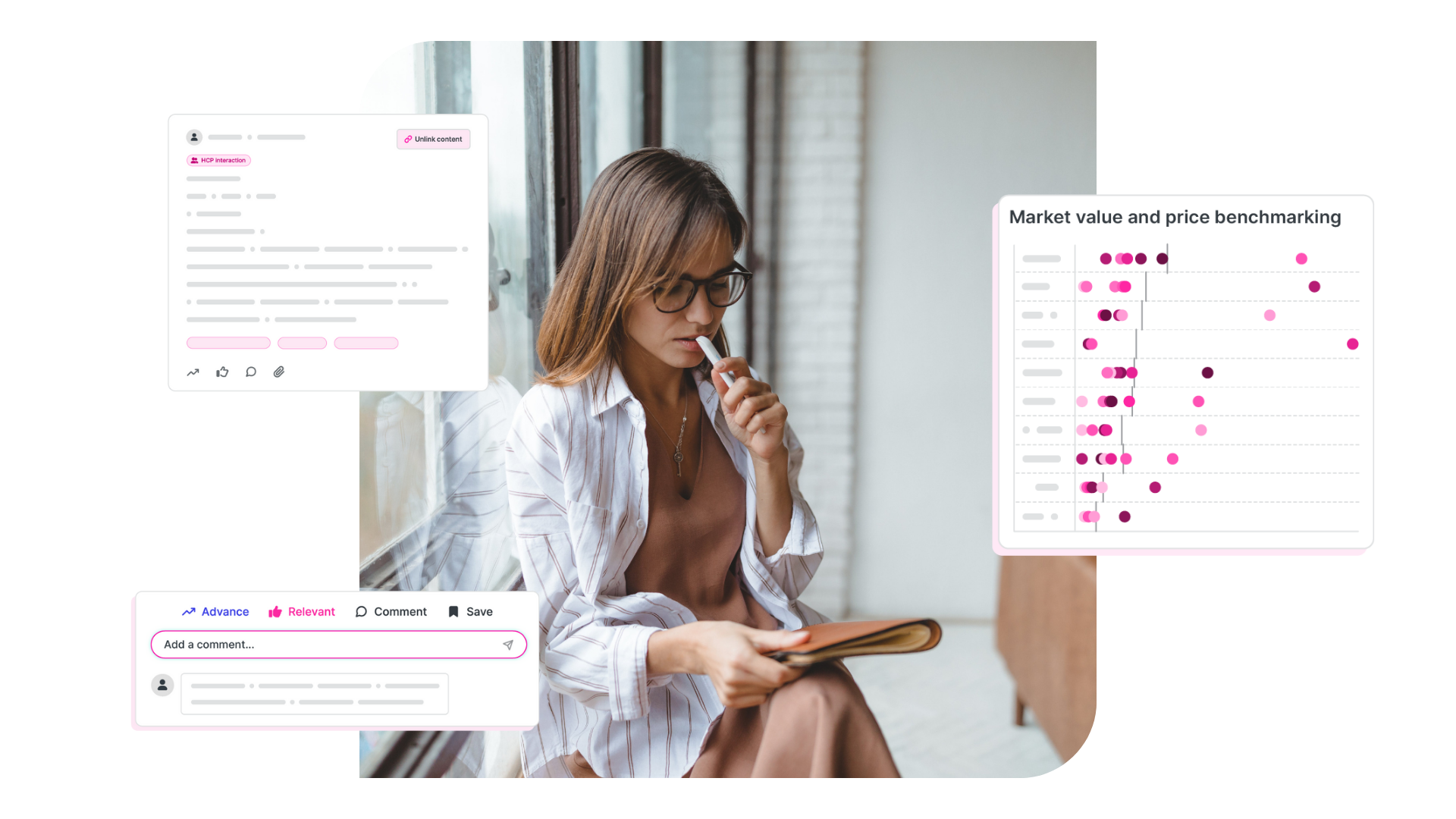The hidden value of revisiting old work

We often treat progress as a straight line, always moving forward, always on to the next thing. In evidence and information science, that mindset is both natural and necessary. There is always new data to integrate, new methods to test, new technology to explore. But over time, I have learned that sometimes the most valuable progress happens when you pause and look back.
Revisiting old work is not about nostalgia or rehashing the past. It is about recognizing that our previous efforts hold clues about how to improve the way we work today. In fact, I would argue that many of the answers we seek, whether in improving processes, refining methods, or building better tools, are already in the work we have done before.
Lessons hidden in the margins
I once reviewed a series of literature reviews we had completed for a client several years ago. At first glance, they looked solid: well-structured, methodologically sound, and aligned with best practice at the time. But when we went through them with fresh eyes, small but significant patterns began to appear. Certain bottlenecks always showed up at the same stage. Some search terms were consistently over or underperforming. Documentation practices varied more than we realized.
By revisiting the work, we were not just validating what had been done; we were uncovering where the system could evolve. It is a bit like revisiting a favorite research dataset with new analytical tools. You start to see patterns you could not before. The data has not changed, but your ability to interpret it has.
For teams working in evidence generation, this reflective step can be transformative. It can reveal where our methods are strongest, where they need tightening, and where automation or AI might safely support us.
Creating a culture of reflection
There is a temptation in consulting and research environments to treat reflection as a luxury, something you do if you happen to have time between projects. But if we want to build systems that genuinely learn, reflection has to be intentional.
At VISFO, we have started to normalize this process. Before we embark on major updates to our frameworks or launch new evidence synthesis tools, we first gather examples of past work. We dissect them together, not to criticize but to learn. The process feels a bit like holding up a mirror: you see both the progress you have made and the small habits that need refining.
What is interesting is how empowering this can be for a team. It turns “audit” into “insight.” Instead of seeing errors as setbacks, they become signals, evidence that our systems are alive, capable of learning and improving.
Connecting past insights to future innovation
There is a useful metaphor I often come back to. In the Batman stories, Alfred keeps Bruce Wayne grounded while Lucius Fox equips him with the tools to move forward. Between them lies the perfect balance of reflection and innovation. I think good evidence management systems need a bit of both.
Looking back provides context and stability, the Alfred in the equation. Looking forward drives creativity and adaptation, the Lucius Fox part. The real magic happens when these two perspectives are connected. That is where innovation stops being reactive and starts being deliberate.
When we revisit our old work with the same rigor we apply to new data, we not only refine our methods, we train our teams to think systemically. We begin to see how each piece of work contributes to a larger learning loop.
Closing thoughts
Revisiting old work is not a step backward; it is a deliberate act of progress. It allows us to see the fingerprints of our process, to understand how we got here, and to make smarter decisions about where to go next.
In evidence and information science, where the pace of change can make even last year’s methods feel outdated, the real advantage lies in connecting what we already know to what we want to achieve. The past, if used wisely, is one of our best tools for the future.

